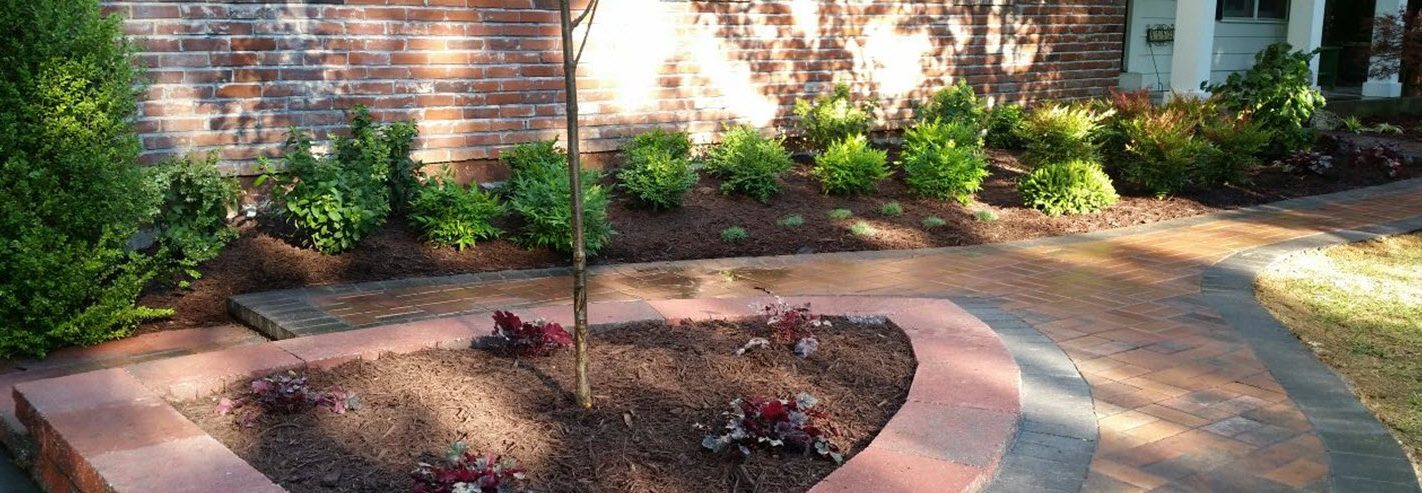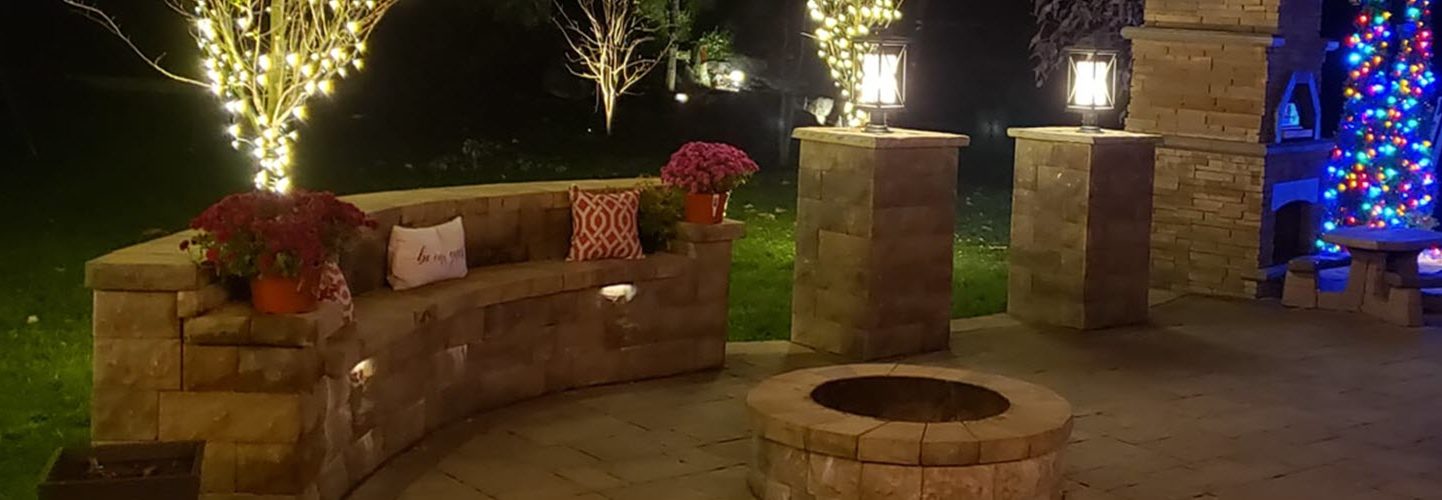How to Stop Your Grass From Dying
Are you wondering why your grass is drying and how to restore its lush beauty? Grass becomes brown when the roots can no longer take water or nutrients from the soil or when the soil does not have sufficient water or food.Let us look at the causes of dying grass and tips on restoring your lawn’s lush beauty. For more details navigate here: https://www.schwartzlawncare.com/service-areas/st-charles-mo/.
Drought
During times of low water and high heat, your grass will go dormant. This is a natural condition; the grass will replenish when the rain resumes, and the temperature drops. To determine whether the drought is making your grass brown, watch out for prematurely fallen tree leaves that are rolled up.
During the drought, preserve your drought-dormant grass by applying ½ inch of water every two weeks. To restore its green, apply 1 inch of water every week – approximately 2 hours of sprinkling the lawn. Or you can wait till the temperatures decrease and the rain returns when it becomes green again by itself.
Misadjusted Sprinklers
Ensure your sprinklers reach all sections of your lawn if your grass has brown spots during heat waves. Many sprinkler heads can be conveniently modified with a small screwdriver. Low-to-the-surface pulsating sprinklers are simpler to adjust than oscillating sprinklers.
Lawn Disease
Several fungi and diseases can turn your grass brown. If your lawn is covered with brown, black, or white substances, then a grass disease is likely the cause and should be evaluated and managed by a lawn professional. Adequate lawn care; regular mowing, early morning watering, thatch management, and good lawn aeration; will improve your grass’s health increasing its chances of resisting lawn diseases.
Too Many Weeds
Weeds compete with your grass for food and water. Controlling weeds can be tough. During fall, use a pre-emergent herbicide to stop the germination of weed seeds. You can also hire a lawn care specialist that will create your annual upkeep and treatment schedule.
Grubs
Grubs are beetle larvae that eat grass roots and cause damage similar to that caused by drought. To check for grubs, use a shovel to dig out a 1-by-1-foot square of grass, and then slice the patch. If you notice 10 grubs per square foot or more, you should be concerned.
To manage the grubs, leave your grass to dry out completely before watering again. You can also invest in low-maintenance turf, which is more grub-tolerant compared to perennial ryes or Kentucky bluegrasses. You can go a step further and apply milky sore powder, an organism that regulates grubs.
Clinch Bugs
These are drought-loving insects that suck juices from plants like small vampires. First, the grass will appear withered, then yellow, and finally brown. Dig out a withered area and search for small black, brown, orange, or red insects with white marks.
Consistent watering and thatch removal are effective ways of controlling clinch bugs. You should avoid using insecticides as they have harsh chemicals that can harm valuable insects.
Pet Waste
Round spots of dead grass show that pets are peeing on your grass – urine has acid. Control this by regularly flushing your pet’s favorite spot to dilute the acid.
Tips on Reviving Dead Grass
Here are tips that will help you restore your lawn’s lush beauty
• Fertilize during fall and spring. You should not apply fertilizer during drought or when the lawn is stressed. Learn more about types of fertilizer.
• Aerate and add seeds to your present grass in spring when the temperatures have dropped, and rain resumes.
• In the summer, increase your mowing height to above 3 inches. The higher grass can shade roots and minimize the depletion of water from evaporation.
• Water your lawn early in the morning.
So can a dying lawn be saved? This depends on your individual situation, but generally, yes. Now that you know why your grass is dying, you are better equipped to manage the situation and restore its beauty.













